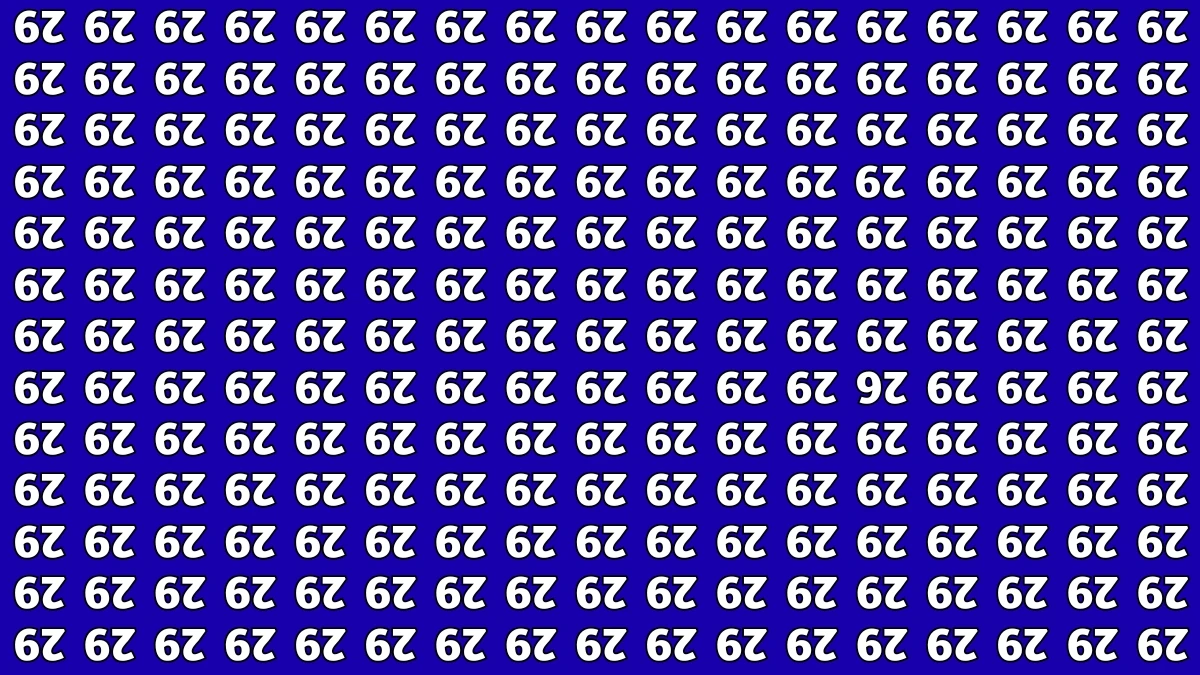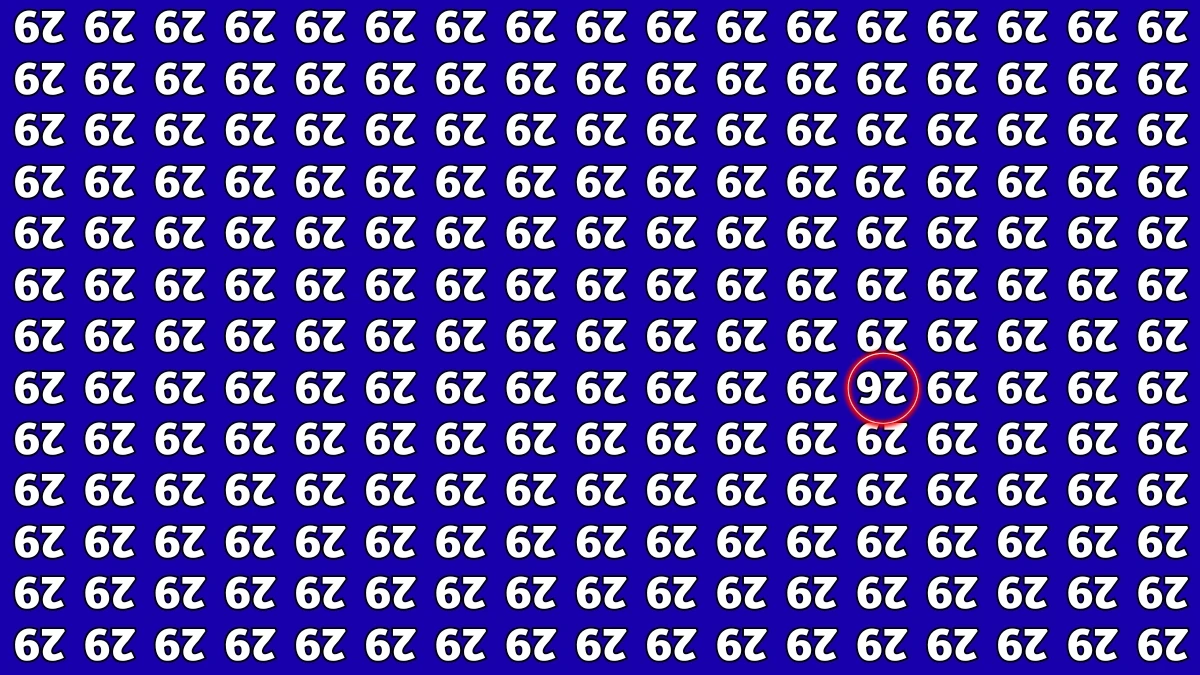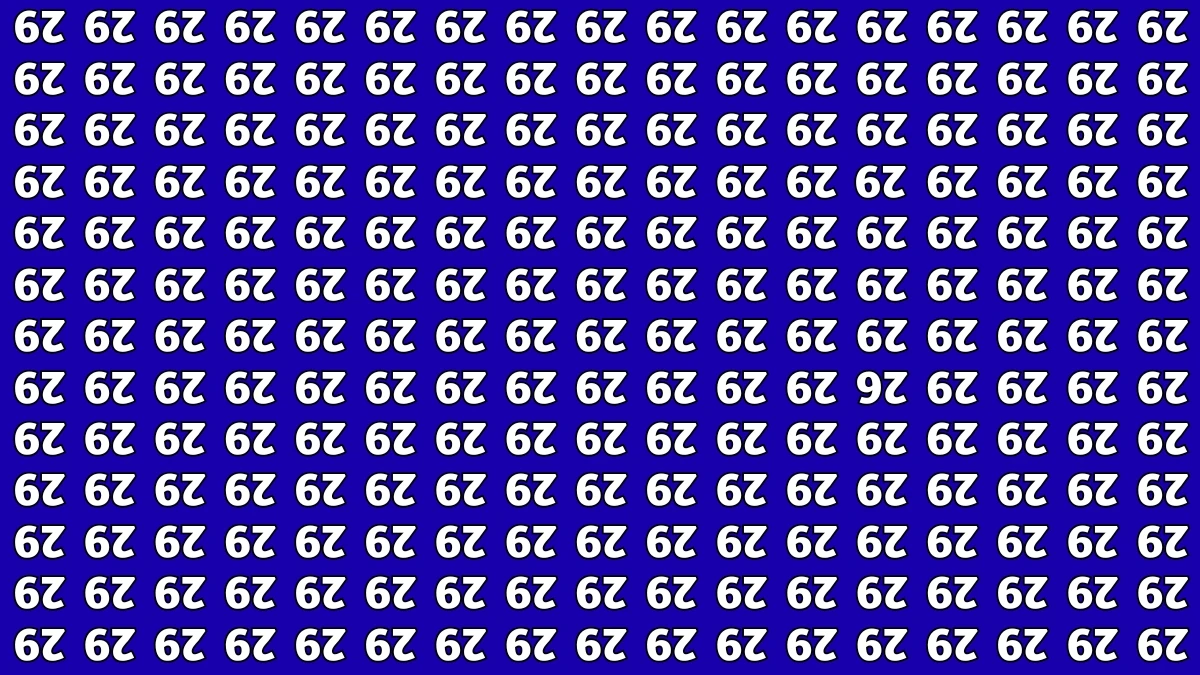Optical Illusion
An optical illusion is a visual phenomenon where our perception of an image or scene differs from reality. This occurs when the brain interprets visual information in a way that creates a misleading or distorted perception of the actual physical properties of an object. Optical illusions exploit the brain's tendency to interpret visual cues based on previous experiences, assumptions, and patterns. They often rely on the manipulation of light, color, contrast, perspective, or motion. For example, an image might appear to move when it is actually static, or objects might seem to change size depending on their surrounding context. Optical illusions demonstrate how the brain can sometimes be tricked by visual stimuli, revealing that perception is not always an accurate representation of the physical world.
Optical Illusion IQ Test: Are You A Genius? Within 6 Seconds Spot The Inverted 26 among Inverted 29s
This Optical Illusion IQ Test challenges your ability to spot patterns quickly and accurately. In this exercise, you are tasked with identifying the inverted "26" hidden among several inverted "29s" within just 6 seconds. Your brain must rapidly process visual information, distinguishing between similar shapes and numbers. This test measures not only your attention to detail but also your cognitive speed and mental agility. Optical illusions like this one test your perception and focus, pushing your brain to work under pressure. Successfully spotting the inverted "26" demonstrates sharp visual acuity and quick thinking. Are you ready to test your genius? Try it now and see how fast you can spot the difference!

Optical Illusion IQ Test: Are You A Genius? Within 6 Seconds Spot The Inverted 26 among Inverted 29s - Solution
In this optical illusion IQ test, you're asked to find the inverted "26" among the inverted "29s" within 6 seconds. The background contains numerous "29" numbers, but there's one number that stands out: the "26." It appears upside down, blending with the rest, but with a quick scan, it becomes noticeable. The "26" is different because its digits are in the opposite direction compared to the "29s." Spotting this involves quick attention to detail and pattern recognition. This test challenges your ability to focus and observe small differences in a complex visual array. Keep practicing such challenges to improve your visual perception and cognitive skills!







